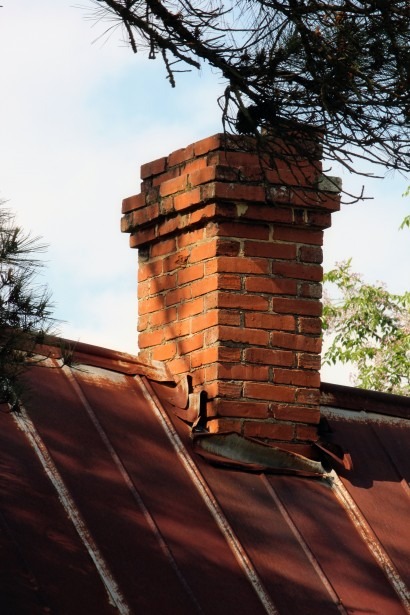Regardless of the material your chimney is made of, it is important that it be built correctly to prevent the possibility of damage to your house or your family. When you think about installing a wood stove, your next thought should be about the chimney.
Lock-Top dampers seal tight with a silicone rubber gasket that is 90% more effective than a new throat damper. The wood fireplace category includes wood-burning fireplaces and wood-burning stoves. A wood-burning fireplace is essentially a firebox framed into your wall with a chimney extending out of your roof.
Use a grate when you are burning wood and make sure to position the grate correctly in the firebox. The ideal location for a grate is about 1 inch away from the back of the firebox. If your backdraft is caused by cool air conflict, simply turn off the appliance competing for the cool air when you want to use your fireplace. About five million years ago, the North Platte Valley started to erode faster than it was built up. If you have a throat damper with a rod control inside the fireplace, check to see if you can push or lift the rod further. A knob control on the fireplace exterior can be trickier since you might not know in which direction to turn it.
How to Prevent House Fires
You may find that structural damage affects your chimney in particular. This comes from the fact that some chimneys actually have a “foundation” of their own. So he illustrated the book with a lot of big, black sky for the exterior images. The story starts with Santa outside and gradually moves inside as Santa contemplates barking dogs and plates of food.
In addition, if you have poor seals on your plumbing vents, that can accumulate water and spill into your home. This type of leak is often evidenced by white staining (efflorescence) on the outside of the brick. This staining is the result of evaporated water leaving behind salts and other minerals. Once we have identified the leak evidence, it’s time to get up on the roof and look for sources. It is always realistic to remind yourself that leak sources are not always obvious. Sometimes it takes trying one thing and then seeing what the results are.
How To Fix A Leaking Chimney?
When the flue is blocked, the obstruction interferes with the draft, resulting in a smoky, backdrafting appliance. Chimney obstructions can be caused by a dirty flue with excess creosote buildup, animals, birds’ nests, debris from trees, and masonry materials from chimney deterioration. If you notice any chimney masonry damage during your inspection, the next step is to address the issues promptly and appropriately.
Their team of skilled chimney masons can effectively address various chimney masonry issues, ensuring your chimney remains safe, efficient, and in excellent condition. For DIY repairs, you will need the appropriate tools and materials.
Add Kindling and Light
This isn’t necessarily bad, as long as there’s more oxygen (room or auxiliary air) to feed the flame. Because of negative pressure systems in the home, a downdraft can send small particles of soot through the air. These typically roll into ordinary dust in the home, but the dark color is very visible on windows. If small soot stains are appearing on your windows, backdraft could be the culprit. For your system to draft effectively, the flue sometimes needs to be “preheated” or “primed.” Luckily, you can easily accomplish this within minutes!
Read more about Chimney Repair Los Angeles here.
Using binoculars can provide a closer view of hard-to-see areas, allowing you to spot finer cracks or signs of deterioration. Pay close attention to the chimney’s top and crown, as these areas are particularly vulnerable to water damage. A leaning or tilting chimney is a serious issue that requires immediate attention from a professional chimney mason. A chimney should stand tall and upright, securely attached to the structure of your home. If you notice your chimney leaning away from the house or tilting to one side, it could signify significant structural problems.

Leave a Reply